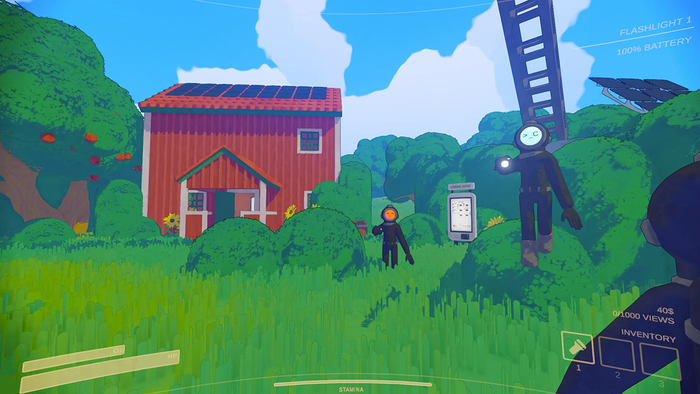In a new feature, neuroscientist Maral Tajerian <a href=http://www.gamasutra.com/view/feature/172168/fight_or_flight_the_neuroscience_.php>explores the precise ways</a> in which horror games affect your brain -- pointing out which animal instincts and mechanisms they work on.
June 12, 2012

In a new feature, neuroscientist Maral Tajerian explores the precise ways in which horror games affect your brain -- pointing out which animal instincts and mechanisms they work on. One aspect of the brain that games can trigger is mirror neurons -- "neurons in certain regions of the brain that are active when an animal performs an action, or observes another individual performing that same action," Tajerian writes. In other words, when you observe something happening on screen that you can relate to -- to an extent, you experience it yourself. Tajerian offers an example from the Silent Hill franchise: "In the Silent Hill series, similar mechanisms would elicit anxiety and disgust when players are given the choice to stick their hand into a hole in a wall or to take something out of a toilet." According to Tajerian, some horror developers are taking active advantage of this mechanism now. Frictional Games' Thomas Grip (Amnesia: The Dark Descent) last year said "the involvement of mirror neurons is important when the empathy factor is high. In other words, you can't help but put yourself in the protagonist's shoes," writes Tajerian. The full feature, which examines other ways games like Dead Space and the above-mentioned titles affect you, is live now on Gamasutra.
You May Also Like





